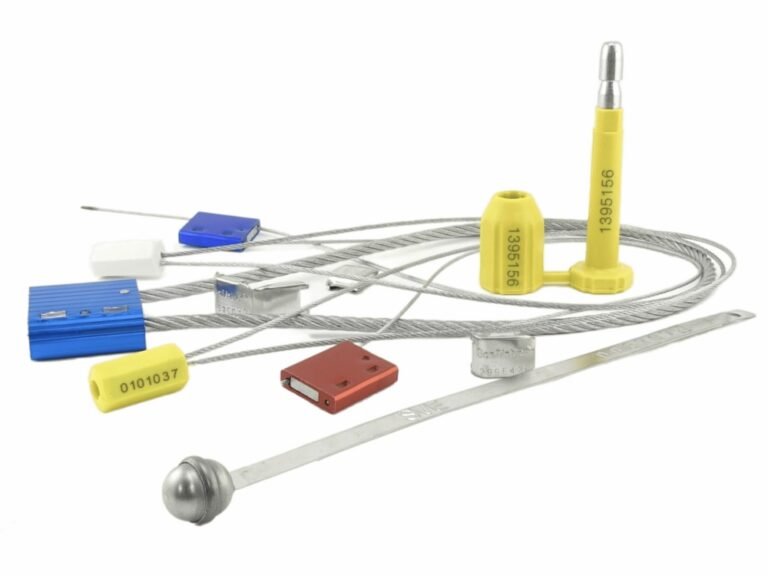Your container has finally arrived, but it's locked with an official customs seal. You're on a tight schedule, and you think, "Can I just cut this myself to speed things up?"
Absolutely not. It is illegal for any unauthorized person to remove a customs seal. A customs seal is a visible extension of national law, and tampering with it is not seen as breaking a lock, but as challenging a legal order.
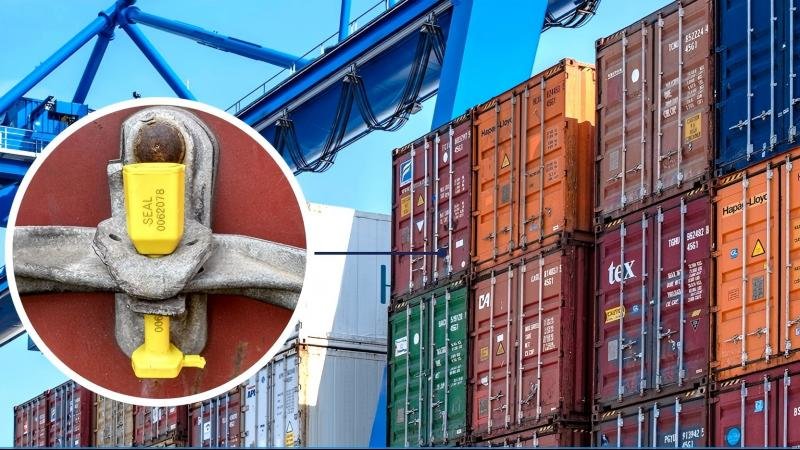
I need to be extremely clear about this because there is no grey area. In my many years in this industry, I've seen clients ask this question, hoping for a shortcut. The answer is always the same. A customs seal is not a physical lock; it's a visible extension of a country's laws. When you touch that seal, you are not "damaging a lock"—you are "challenging a legal command." Therefore, the answer to the question "Can you remove it yourself?" is a simple, absolute, and globally applicable "No." My goal with this article is to make the legal certainty of that "No" completely and totally clear.
Why Should You Never Tamper with a Customs Seal?
You're just trying to access your own cargo. The seal seems like a simple piece of plastic or metal standing in your way. It feels like a logistical problem, not a legal one.
Tampering with a customs seal is illegal because the seal represents the legal control of a sovereign nation over goods crossing its borders. It is the physical guarantee that the cargo has not been altered since it was officially inspected and sealed.
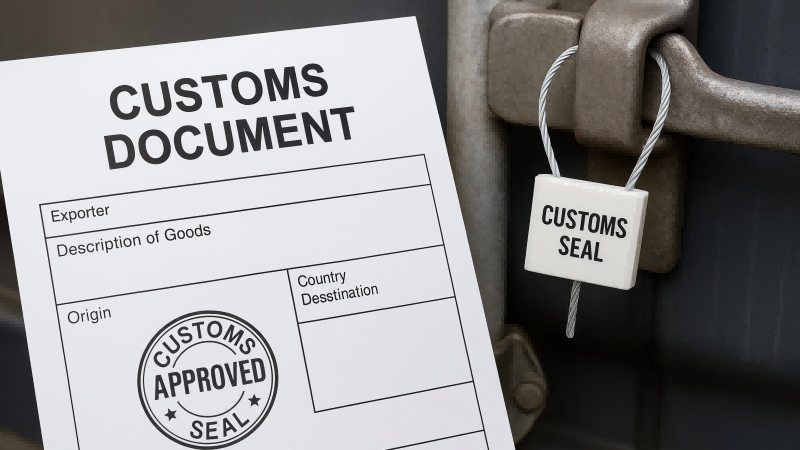
The small piece of plastic and steel on that container door is a powerful symbol. It's not there for your convenience; it signifies several critical legal and security functions.
1. It Represents Government Control
That seal is the physical presence of a nation's customs authority. It means the container and its contents are under the legal jurisdiction of that government until an official agent of that government releases it. Breaking it is seen as usurping that authority.
2. It Preserves the Chain of Custody
From a legal standpoint, the seal guarantees that the contents of the container are the same as what is declared on the manifest. It's a critical piece of evidence. If you break it, you destroy that evidence and invalidate the integrity of the entire shipment.
3. It's a Matter of National Security
Customs agencies are a country's first line of defense against the illegal importation of contraband, weapons, and other dangerous goods. The seal is a key tool in this defense system. Tampering with it is treated with the utmost seriousness because it represents a potential breach of national security.
Who Is Legally Authorized to Remove a Customs Seal?
Your driver is at the port, and the container is ready for pickup. It seems logical that the person taking possession of the cargo should be able to remove the seal.
The only person legally authorized to remove a customs seal is a duly appointed customs officer of the country of import. No other party—not the importer, the driver, the freight forwarder, or the warehouse manager—has this authority.
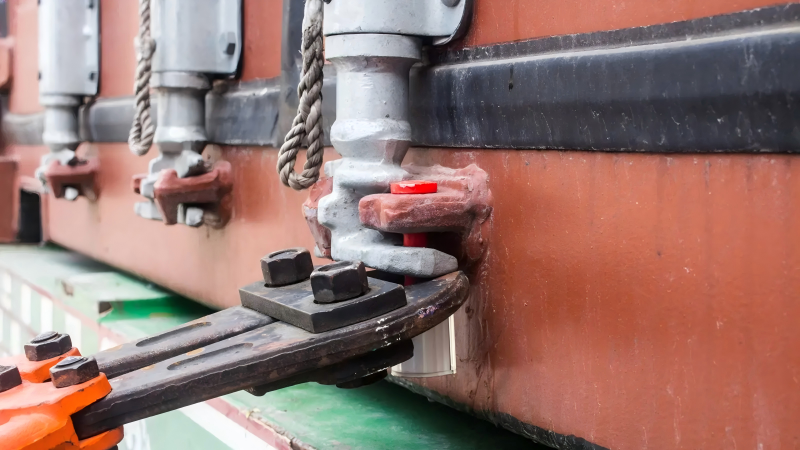
This is a point of absolute clarity that applies globally, from a CBP officer in the United States to a Zöllner in Germany. The authority to apply, inspect, and remove a customs seal is vested solely in the government agency responsible for border control.
| Party Involved | Authorized to Remove Seal? | Why? |
|---|---|---|
| Importer / Consignee | NO | You are the owner of the goods, but the goods are not yet legally cleared to enter the country. |
| Truck Driver / Carrier | NO | Your role is transportation, not customs clearance. You are responsible for delivering the sealed container intact. |
| Warehouse Operator | NO | Even if the container is at its final destination, the contents are not legally yours until cleared by customs. |
| Customs Broker | NO | Your broker facilitates the paperwork, but they are not a government officer and have no physical authority over the seal. |
| Official Customs Officer | YES | This is the ONLY person with the legal authority, as an agent of the state, to officially break the seal and release the cargo. |
Any other individual removing the seal is committing a serious offense.
What Are the Severe Penalties for Unauthorized Seal Removal?
You think, "What's the worst that can happen? It's a small mistake." You underestimate the seriousness with which governments view the integrity of their borders.
The penalties for unauthorized removal of a customs seal are severe and can include massive financial fines, imprisonment, seizure of the entire cargo shipment, and being placed on a government blacklist for future imports.
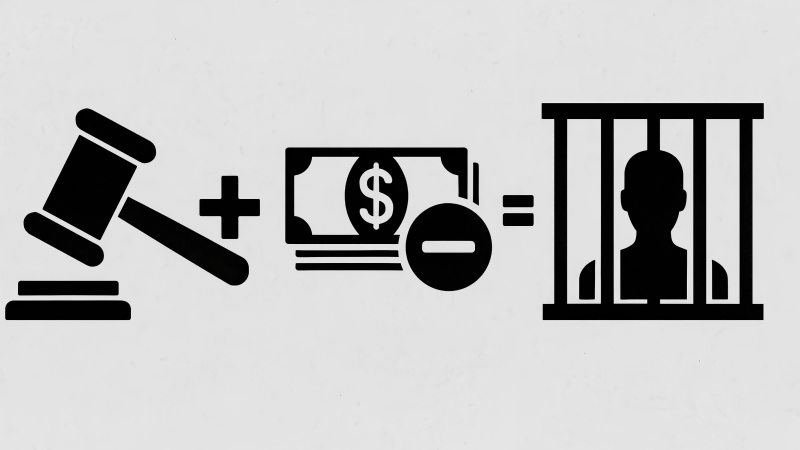
Governments do not treat this as a minor infraction. It is a direct challenge to their authority. While penalties vary by country, they are universally harsh. For example, in the United States, tampering with a customs seal can be a federal crime under regulations like 19 U.S. Code § 1595a. The consequences can include:
- Civil Penalties: These often start in the tens of thousands of dollars and can be levied against the importer, the carrier, and any individual involved. In some cases, the fine can be equal to the total value of the goods in the container.
- Criminal Charges: For intentional tampering, individuals can face felony charges leading to significant prison sentences. A driver or warehouse worker could end up in jail for what they thought was a simple shortcut.
- Forfeiture of Goods: The customs authority has the right to seize the entire shipment. Your multi-million dollar cargo could be confiscated because of one broken seal.
- Loss of Privileges: Your company could be flagged, leading to 100% of your future shipments being physically inspected. This causes extreme delays and costs, effectively crippling your supply chain.
What Is the Correct Procedure for Customs Inspection and Seal Removal?
You understand you can't remove the seal, but you're unsure of what the legitimate process looks like. You need to know what to expect and how to prepare.
The correct procedure involves the container being moved to a designated customs inspection area or Customs-Bonded Warehouse. A customs officer will then verify the seal against the manifest, officially break the seal, conduct their inspection, and then release the cargo.
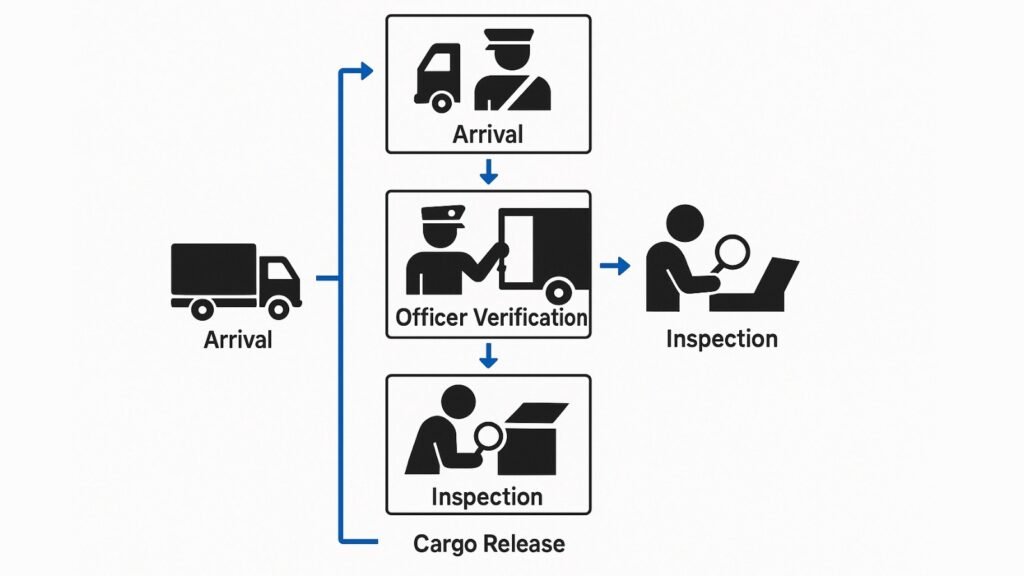
The professional process is designed to be methodical and documented.
- Arrival at Designated Point: The sealed container is transported to a Customs-Bonded Warehouse or a Centralized Examination Station (CES). The cargo cannot be moved elsewhere until it is cleared.
- Notification: Your customs broker formally notifies the customs authority that the shipment is ready for inspection and clearance.
- Officer Verification: A customs officer arrives. Their first action is to physically inspect the seal and verify that its number matches the shipping documents (the manifest, bill of lading, etc.).
- Official Removal: The officer, using their own tools, cuts and removes the seal. They will typically retain the broken seal as part of the official record.
- Inspection & Release: The officer inspects the cargo as required. Once satisfied, they will officially clear the shipment, allowing it to legally enter the country. In some cases, they may apply a new customs seal if the cargo is moving to another bonded location.
What Should You Do If a Customs Seal Is Already Broken or Missing?
Your container arrives at the port, and during the initial check, your driver notices the customs seal is missing or shows clear signs of being broken. This is a serious red flag.
If you find a compromised customs seal, you must STOP immediately. Do not move the container. Document the situation with photographs and immediately notify the carrier, your customs broker, and the port authorities.

How you handle this situation is critical to protecting yourself from being blamed for the tampering. Follow this emergency protocol:
- DO NOT TOUCH ANYTHING: Instruct your driver or agent not to open or move the container. The container is now a potential crime scene.
- DOCUMENT WITH PHOTOS: Take clear pictures of the container doors, the locking mechanism, and the broken seal (or lack of a seal). Capture the container number in the photos for context.
- NOTIFY IMMEDIATELY: Contact all relevant parties in this order:
- The port terminal operator or shipping line first.
- Your customs broker, who will then officially notify the customs authority.
- The freight company that was responsible for the container's transit.
- FILE A REPORT: Create a written report of what was found, by whom, and at what time. Attach the photos.
By being proactive and transparent, you shift from being a suspect to being the one reporting a security breach, which is the correct and legally-safe position to be in.
Conclusion
The law regarding customs seals is absolute. Unauthorized removal is a serious crime with severe consequences. The only person who can remove a customs seal is an authorized customs officer, following a strict, documented procedure.
Navigate Security with a Partner You Can Trust
The legal seriousness of a customs seal highlights the importance of every seal in your supply chain. At ProtegoSeal, we provide high-security commercial seals that ensure the integrity of your cargo before and after customs. We help you build a chain of custody you can trust. Contact us to secure your shipments with certainty.

